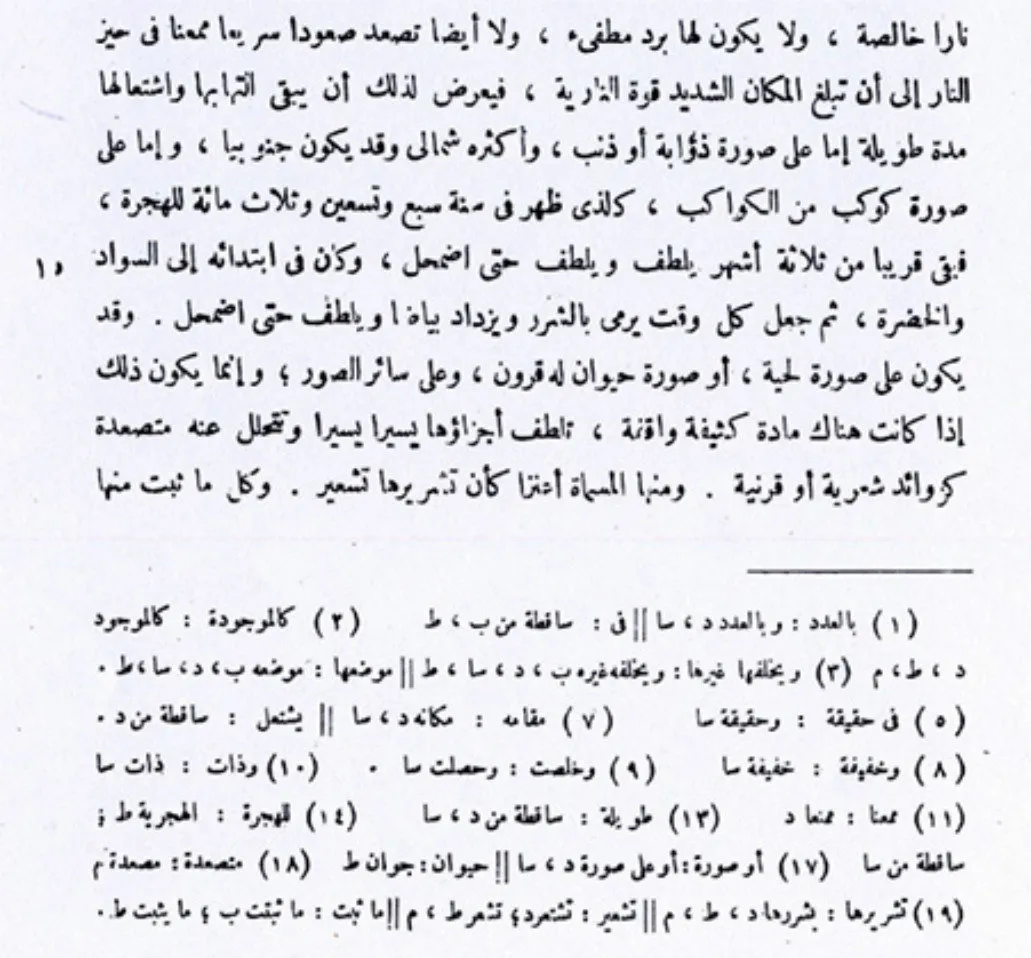Ancient Arabic Text Shines Light on Massive Supernova
A new look at records from an ancient astronomer yields insights into one of the brighest supernovas ever seen from Earth
/https://tf-cmsv2-smithsonianmag-media.s3.amazonaws.com/filer/9e/7b/9e7be6c0-c3ac-47f4-9bed-33fb2afd021b/sn_1006_with_stars.jpg)
In 1006 A.D., a new star appeared, lighting the skies in the Middle East, Europe, Asia and perhaps even North America. Many spotted the glowing orb. And though they didn't know it at the time, these lucky ancient observers were gazing at one of the brightest supernovas ever recorded, now cataloged as SN 1006.
Modern astrophysicists have learned a great deal from the records of many of these ancient observers, including astronomer Ali ibn Ridwan in Egypt and the Benedictine monks at the Abbey of St. Gall in Switzerland. In recent years, astronomers have also taken pictures of the remnants of the explosion, 7,200 light years from Earth in the constellation Lupus.
But those ancient sources still have more to tell. Ralph Neuhäuser, an astrophysicist at Friedrich Schiller University Jena in Germany recently found another account of the supernova in an Arabic text that may provides new insight into the explosion.
It comes from the Persian polymath Ibn Sina, known in the Western world as Avicenna. In a new pre-publication study for the journal Astronomical Notes, Neuhäuser and his colleagues argue that a passage in Ibn Sina’s encyclopedia of science and philosophy, the Kitab al-Shifa, describes SN 1006 and not a passing comet as previously thought.
The passage describes a bright object glowing in the sky for almost three months. “At the beginning it was towards a darkness and greenness, then it began to throw out sparks all the time, and then it became more and more whitish and then became fainter and disappeared,” the researchers translate in their paper.

This isn’t the first time Neuhäuser has found information about SN 1006 in an ancient Arabic text. Last year he published another paper based on a fresh translation of the historian al-Yamani, which pushed back the earliest date for the supernova to April 17, 1006, a week and a half earlier then the earliest recorded appearance of the star. It also records the position, brightness and color.
Yet the newly documented account provides fresh insights to the supernova, recounting a color evolution that was previously undocumented for SN 1006, Neuhäuser tells Jesse Emspak at National Geographic.
The color data from both accounts will help researchers to further classify the supernova, which they currently believe was a type Ia blast—one that happens when one star in a binary system becomes a white dwarf and sucks matter off its companion star before exploding.
But according to the press release, some astrophysicists believe SN 1006 was more than a typcial Ia, suggesting that the supernova was actually caused by reactions between two white dwarfs. Discovery of more direct observations of the supernova, like Ibn Sina's, may help them figure out just how explosive the event was.